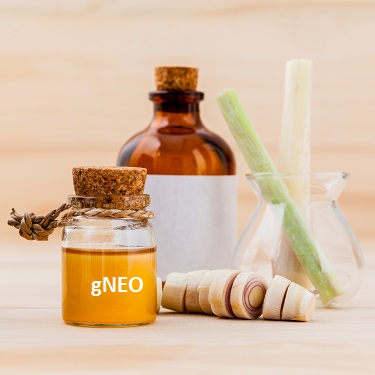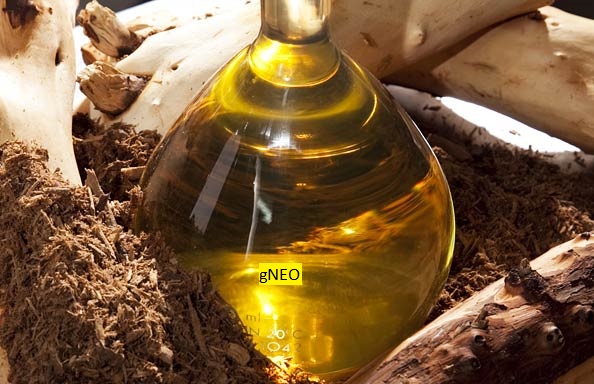Spruce Essential Oil aka Hemlock Essential Oil or Eastern Hemlock. Spruce essential oil is derived from various species of the Spruce tree, particularly Picea mariana (Black Spruce) and Picea abies (Norway Spruce). These evergreen trees are native to North America and Europe, respectively. The essential oil is obtained through steam distillation of the needles and twigs of the Spruce tree.
Botanical name: Tsuga canadensi
Plant Part: Needles and twigs
Extraction Method: Steam distilled
Odor and Color: Fresh and woody; Clear and transparent, colorless
Country of origin: Canada
Main Constituents: Bornyl acetate, α-Pinene and β-Pinene, Limonene, Camphene, Delta-3-carene, Myrcene
Common Uses: It has a fresh, woody, and invigorating aroma, reminiscent of the forest. It is a popular choice in aromatherapy and various applications due to its uplifting and grounding properties. Here are some common uses and properties of Spruce essential oil:
Aromatherapy: It is well-regarded in aromatherapy for its ability to promote a sense of peace, relaxation, and emotional balance. Its woodsy and forest-like scent can help reduce stress and anxiety.
Respiratory support: The oil’s refreshing aroma may help ease breathing and support respiratory health. It is commonly used in inhalation blends during times of congestion or seasonal discomfort.
Emotional support: Spruce essential oil is believed to have a grounding and centering effect on emotions. It is often used in diffusers or massage blends to promote a sense of stability and emotional harmony.
Joint and muscle support: Due to its analgesic and anti-inflammatory properties, Spruce oil is sometimes used topically in massage blends to provide relief from minor joint and muscle discomfort.
Natural disinfectant: Spruce essential oil possesses antimicrobial properties, making it suitable for use in homemade cleaning products to help disinfect surfaces
Note: It is classified as a base note in perfumery.
Blend Well With: Spruce essential oil blends well with a variety of other essential oils, creating unique and pleasant aromatic combinations. When blending essential oils, it’s essential to consider their individual properties and characteristics to achieve a balanced and harmonious aroma. Here are some essential oils that blend well with Spruce essential oil:
Citrus oils: Spruce complements citrus essential oils like Sweet Orange, Bergamot, and Lemon. The fresh and uplifting aroma of citrus oils pairs nicely with the woody and grounding scent of Spruce.
Woody oils: Spruce essential oil can be combined with other wood essential oils like Cedarwood, Sandalwood, and Pine to create a rich and earthy blend.
Lavender: Partnering Spruce with Lavender essential oil can create a soothing and calming aroma with both floral and woody undertones.
Eucalyptus: Blending Spruce with Eucalyptus essential oil can result in an invigorating and refreshing scent, ideal for supporting respiratory health.
Frankincense: Combining Spruce with Frankincense essential oil can create a meditative and spiritually uplifting blend.
Patchouli: Spruce and Patchouli essential oil can be blended to create a warm and grounding aroma with a hint of exoticness.
Vetiver: Partnering Spruce with Vetiver essential oil can enhance the earthy and smoky notes in the blend.
Contraindications: It is considered safe to use. Just like many other essential oils, it is wise to use this oil after dilution with a carrier oil, as it can be sensitive and irritating to the skin. Before you use it on your skin, it is advisable that you conduct a patch test before making it a routine.
Do not use internally, unless directed by a physician. For pregnant women and nursing mothers, it is safe to consult first with your physician before using. Do not use on broken skin or on abrasions.
For large quantities please contact us via our phone number or through the Contact Us page.
Like us on Facebook








Reviews
There are no reviews yet